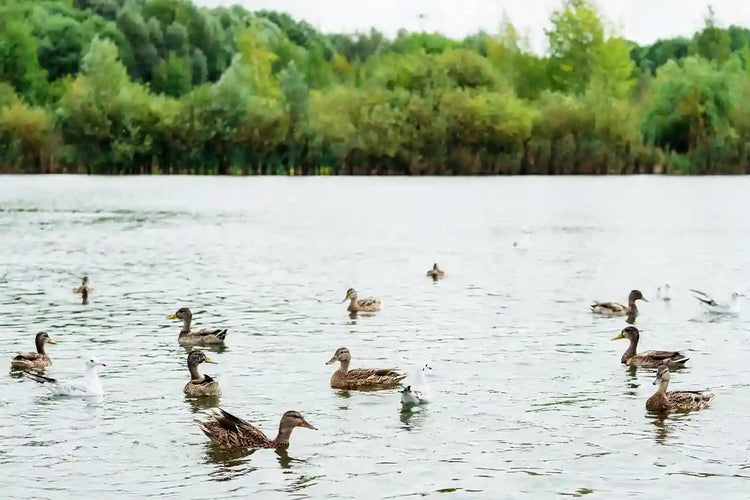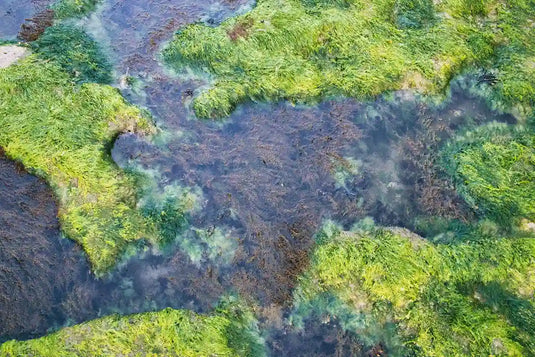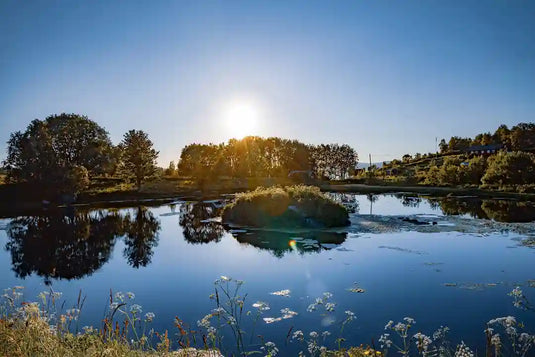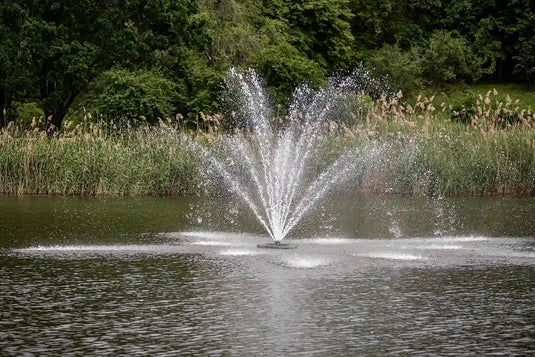A duck pond is more than just a pool of water. It's a space where ducks feel safe, eat well, and play all day. Yet, building one takes care and thought. Mess it up, and the water turns bad. Ducks get sick. Bugs take over. No one wants that. But with the right steps, you can build a pond that keeps ducks happy all year.
What is a Duck Pond?
A duck pond is a small body of still or slow-moving water. It gives ducks a place to swim, drink, and find food. People often build them in backyards, parks, or on farms. A good duck pond is clean, deep enough, and safe from harm.
Why Ducks Need a Pond
Ducks need water. It keeps them clean. It helps them stay cool. It even helps with their food. Ducks eat plants, bugs, and small fish. A pond gives them access to all that. Without water, ducks may grow weak or ill.
Best Size for a Duck Pond
The pond doesn’t need to be huge. A few ducks can thrive in a small space. Still, plan for:
-
At least 100–200 gallons per duck
-
A depth of 2–3 feet
-
Gentle slopes to let ducks wade in and out
If you keep many ducks, go bigger.
Picking the Right Spot
Here’s what to look for:
-
Shade: Keeps water cool
-
No strong winds: Ducks like calm
-
Away from roads: Safety comes first
-
Near a water source: Easy to refill
Avoid low spots where rain gathers fast. Those spots flood and turn dirty fast.
What Ducks Need in a Pond
Here’s what makes a duck pond great:
-
Clean water
-
Easy access in and out
-
Water plants for food and shade
-
Flat rocks or logs for resting
These help ducks stay calm and well-fed.
How to Build a Duck Pond in 4 Easy Steps
1:Choose the Right Spot
Pick a flat, sunny area with some shade. Stay away from roads and places that flood. Make sure ducks can reach it easily. If you can, keep it close to a hose or water source.
2:Dig and Line the Pond
Use a shovel or digger to make your pond 2 to 3 feet deep. Shape gentle slopes on the edges so ducks can walk in and out. Once dug, place a pond liner to keep water from leaking into the ground.
3:Add Water and a Filter
Fill the pond with clean water. Use rainwater if you have it. Add a small pump and filter to keep the water fresh. Ducks poop a lot — so clean water matters.
4:Add Plants, Rocks, and Ducks
Place plants like duckweed or water lilies. Add flat rocks or a small ramp for easy access. Let the water sit for a day or two before letting ducks in. Then, let them splash and enjoy!
Keeping Your Duck Pond Healthy

Weekly Tasks
-
Scoop out waste and leaves
-
Rinse the filter
-
Top off with clean water
-
Check for bad smells or algae
Preventing Problems
-
Don’t feed ducks in the pond
-
Add plants to block sunlight
-
Use minnows to eat mosquito larvae
-
Keep water moving with a pond aerators or bubbler
Seasonal Care
-
Spring/Summer: Add shade, trim plants, and check for algae
-
Fall: Remove dead leaves and prep for cold
-
Winter: Keep a hole in the ice with a heater or bubbler
Ducks and their habitat

Ducks love water. But they also need safe land around it. A good duck home has both. They rest on land, swim in the pond, and search for food nearby.
Make sure they have:
-
Clean water to swim and drink
-
Grass or dirt to walk and nest
-
Bushes or plants for shade and cover
-
A quiet area away from loud noise or pets
Keep their space clean. Remove trash, sharp objects, or anything that could harm them. Ducks also like to dig and search the ground so soft soil or sand helps.
What to Feed Ducks
Ducks don’t need bread. In fact, it can make them sick. Give them safe, healthy foods instead.
Best Duck Foods:
-
Cracked corn
-
Duck pellets (from farm stores)
-
Oats or rolled grains
-
Cut-up veggies (like peas or lettuce)
-
Rice (plain, cooked or uncooked)
-
Mealworms or bugs
Foods to Avoid:
-
Bread
-
Chips
-
Candy
-
Junk food
-
Moldy or spoiled food
Always feed on land, not in the water. Leftover food in the pond can rot and make the water dirty.
Common Duck Pond Problems
Algae Overgrowth
Too much sun and poop cause this. Add shade, plants, or barley straw.
Mosquitoes
Still water draws them. Add minnows or use a bubbler.
Stinky Water
Clean the filter. Change water. Check if something died in the pond.
Quick Tips for Duck Pond Care
-
Scoop out waste daily
-
Test water pH once a month (aim for 6.5 to 8.5)
-
Don’t overcrowd ducks
-
Plant trees nearby, but not too close
-
Keep soap, oils, and harsh cleaners far away
Best Plants for Duck Ponds

Some of the best plants for duck ponds include:
-
Duckweed – A favorite duck snack
-
Water lilies – Provide shade and beauty
-
Cattails – Offer shelter and nesting spots
-
Reeds – Great for cover and water filtering
-
Pondweed – Adds natural food and oxygen
Why Plants Are Helpful
Plants do more than look nice. They help keep the water clean by soaking up waste. They also block sunlight, which slows algae growth. Ducks use plants for food, shade, and hiding from danger. Roots help hold the soil, so the pond edge doesn’t wash away. A few well-placed plants can make a big difference in how healthy and peaceful your duck pond stays.
Final Thoughts
A duck pond is more than just a hole with water. It’s a small world for your feathered friends. If you plan it well, clean it often, and check for signs of stress — your ducks will thrive. And you’ll love watching them splash and play every day.






I want this venture to be a simple task. What filter is best for cleaning the po and keeping
G it thst way